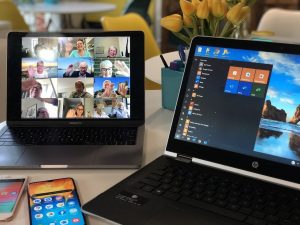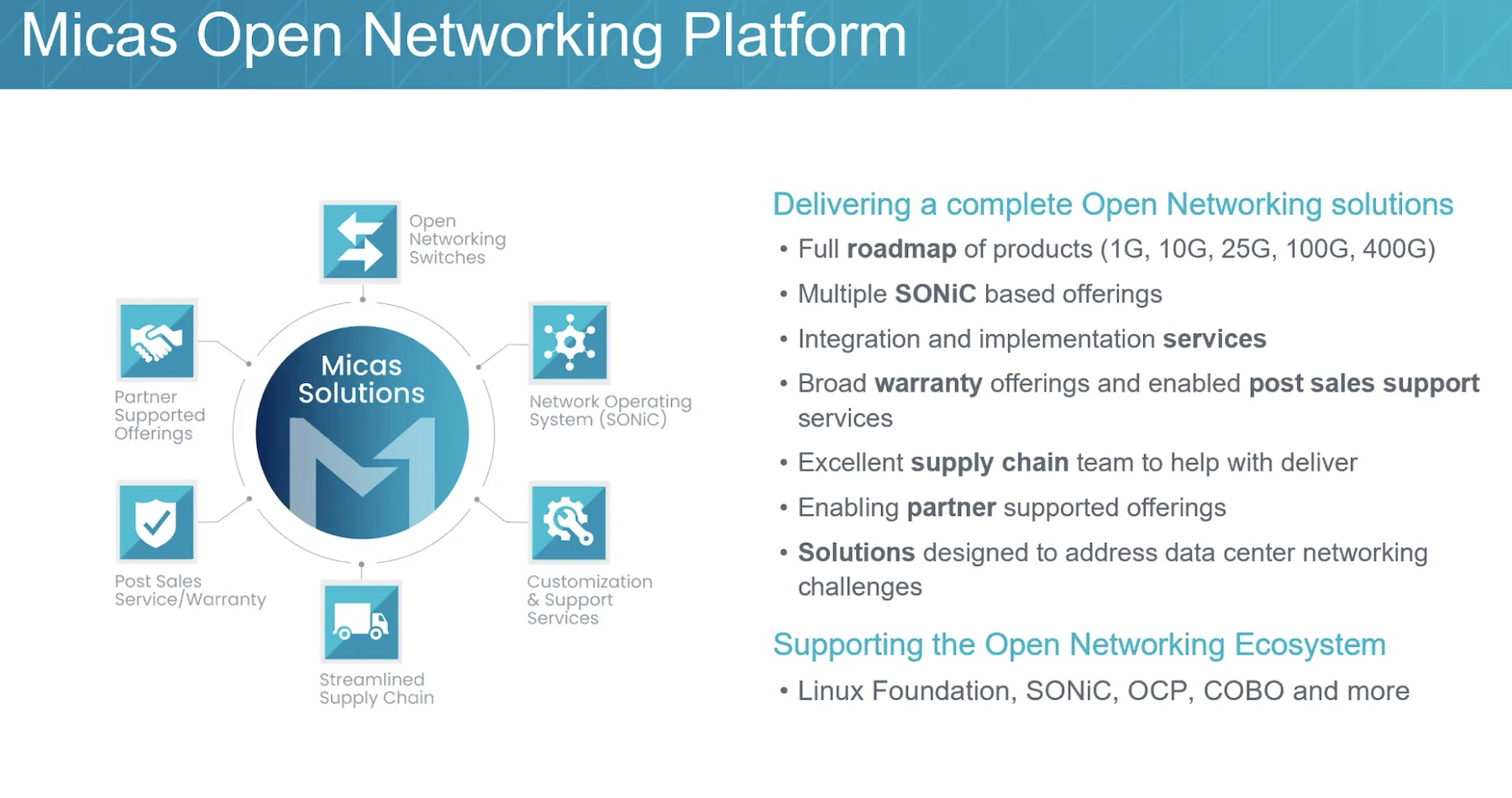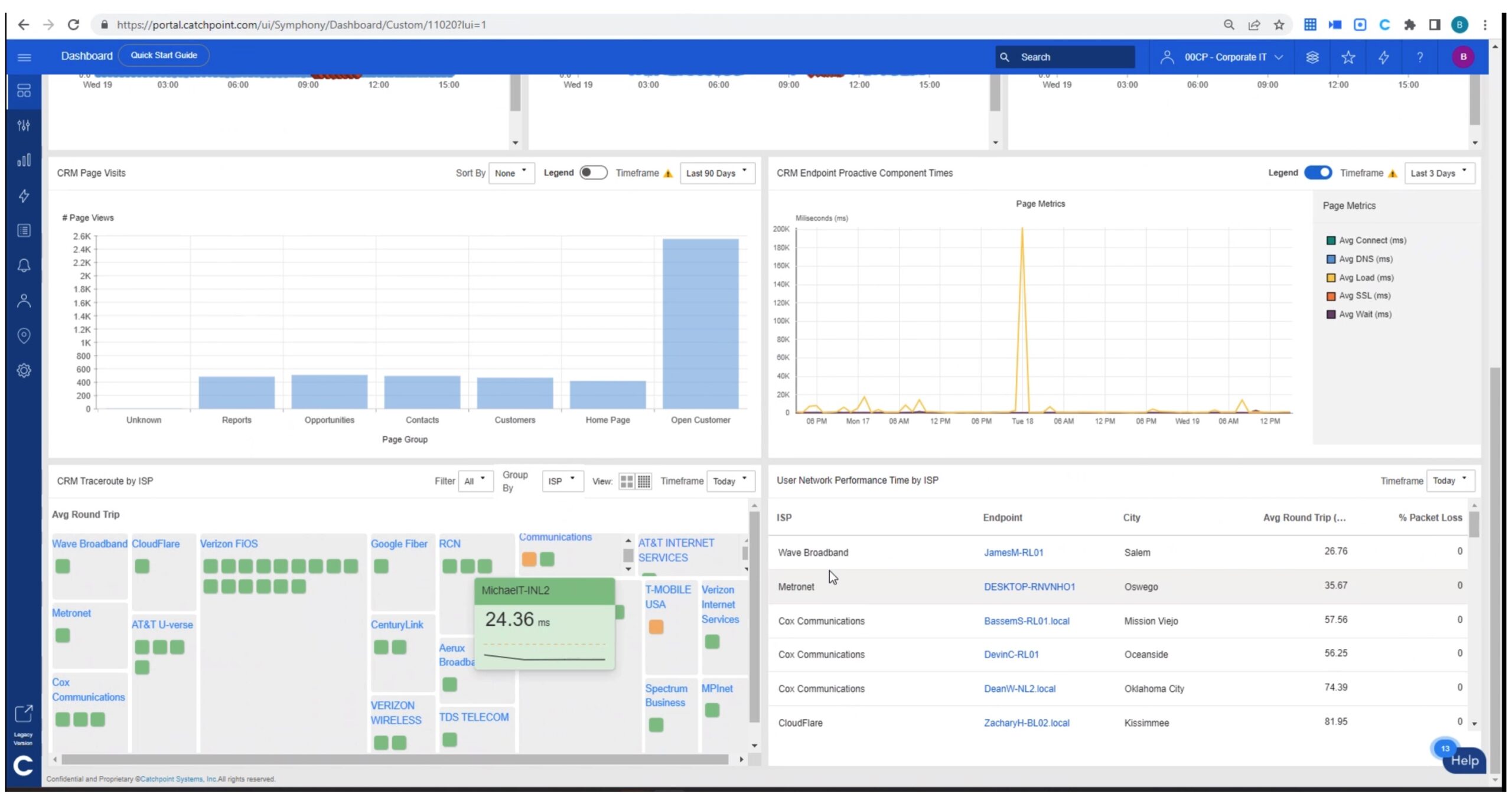The pandemic has changed how we do everything in our day to day lives. The atmosphere around work and communication with peers has changed dramatically and this could very well become the new norm.
The use of video has increased immensely and for many people, this has become their primary source of communication. Even customers are moving more away from an in-person world and have requested more video communication than ever before. This is leading to a shift in the desired skills of employees, where skillsets are beginning to move away from Microsoft Office apps and more towards video editing apps and software.

These skills are worth learning because video communication is here to stay. Society’s desire to read has consistently been decreasing with the continuous improvements in technology and video. More and more people prefer visual examples to illustrate a point because many people are primarily visual learners. The beauty of today’s PCs allows us to accommodate to the best of our learning styles, whether visually, by reading, or through listening, such as audio.
Alongside the improvements to PCs, the people in today’s society are very comfortable with making videos in their day to day lives. We use things like YouTube, Twitter, TikTok, Instagram, Snapchat, Facebook, and nearly every other social media platform to create videos to portray messages.
While these are the most recent consumer technology trends, it appears that workplace technology trends have followed these same paths. We are close to a future in which most instructional information in the workplace incorporates video in some way, shape, or form.
Nathaniel Avery comments:
During the pandemic a lot about our lives have changed, especially in how we work and communicate with our peers. I’ve especially noticed a rise in the use of video. It is more a part of our work than ever before. Customers too, have asked for more communication via video. This could be due to the fact that we’re all doing zoom / teams or similar such apps. But I’ve also noticed this impacting documentation. There seems to be an appetite for documentation to either be in the form of video or …
Read more at Not Your Dad’s IT: Transitioning to Video in the Time of Covid




